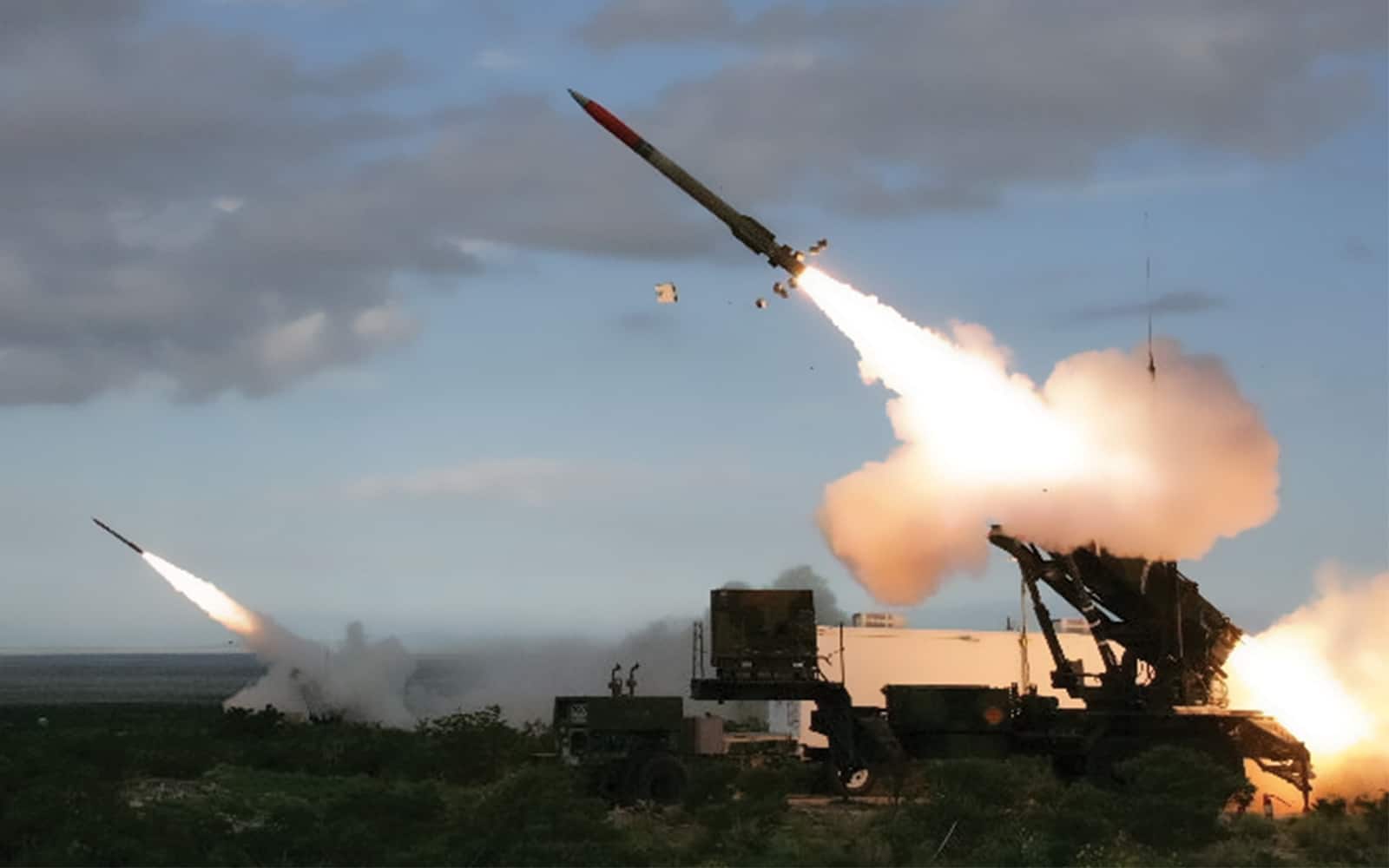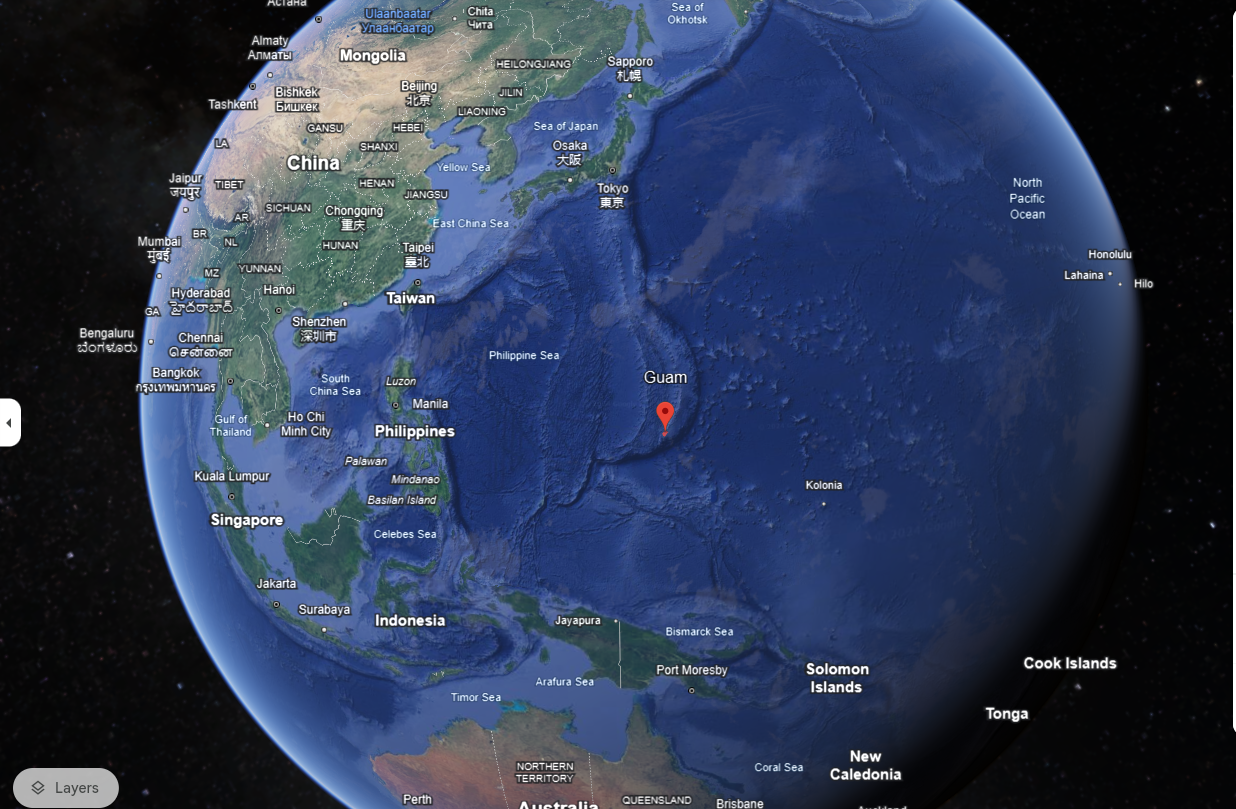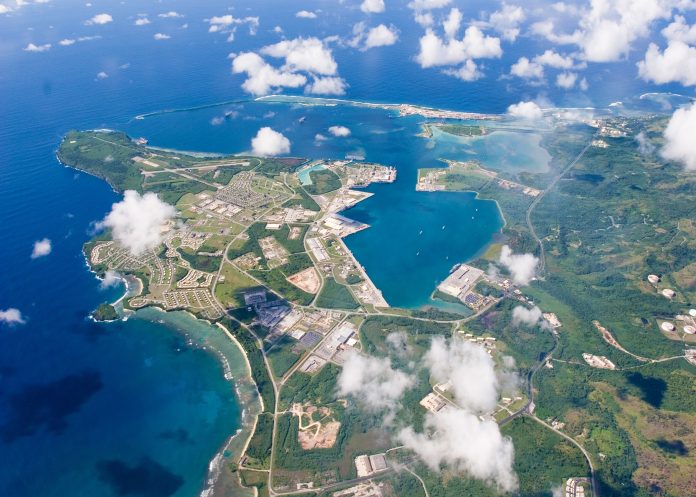The United States Missile Defense Agency (MDA) will give the population of Guam 30 days for a public consultation regarding a decades-long motion to perform tests of the island’s missile defense systems.
A local news outlet stated residents living near Andersen Air Force Base will have from June 3rd to July 2nd to electronically submit any comments on the matter. Testing will also be carried out on U.S. Navy ships in nearby waters.
“This comes after the Department of Defense Missile Defense Agency notified the administration of a proposed final environmental assessment and proposed finding of no significant impact to conduct up to two flight tests or tracking exercises,” the same local media outlet reported.
The plan is to perform two tests per year of the defense system for the next 10 years, for a total of 20 tests.
The Tests
The first test, occurring later this year, will include a Standard Missile-3 interceptor fired from Anderson Air Force Base against a medium-range ballistic missile launched from a C-17 around 800 nautical miles east of Guam.
Future tests will likely make use of the Phased Array Tracking Radar to Intercept of Target (Patriot) and Terminal High Altitude Area Defense (THAAD) missile systems. The Patriot system is usually used for lower-altitude targets such as short to medium-range cruise missiles, loitering munitions, and aircraft. The THAAD can hit targets, such as short- to intermediate-range ballistic missiles, whether they are in or out of the atmosphere. The indirect fire protection capability (IFPC), which can destroy short-range missiles, artillery, mortars, rockets, and UAVs, may also be deployed in the future.

The MDA released a 378-page environmental assessment on Saturday, June 1st, detailing a plan to track and eliminate target missiles with the help of the Army, Navy, Coast Guard, and Air Force. The tracking exercise will use sensors to search for the target, then send an interceptor to destroy the missile. The assessment claimed that “no significant direct, indirect, or cumulative environmental impacts” would come as a result of the testing.
The motion to increase the number of tests came in 2022 under the Biden Administration, which has invested around $892 million in the program.
The Island of Guam
Guam is an island in the Pacific Ocean, the largest and southernmost island in the Mariana Islands Chain, and the largest in Micronesia. The island is around 30 miles (47 km) long and 4–12 miles (6–19 km) wide. Guam is around 7,180 miles (11,555 km) from the United States. China is located around 2.949 miles (4,767 km) from Guam.

Anderson Air Force Base is located near Guam’s largest village, Vigo, as well as Naval Base Guam in the southwestern part of the island. Guam was taken over by the Japanese in 1941 and retaken by US Marines in 1944.
Guam has been an unincorporated territory of the United States since 1950, after the passage of the Guam Organic Act.
The United States Marine Corps is currently building a base on the island.
Analysis
Guam occupies one of the most strategic positions in the Pacific, as it is the westernmost American territory and the closest to the Western Pacific. During any conflict, Guam would be one of the most crucial islands for the United States to utilize, and increasing its defense capabilities would make neutralizing targets on the island more difficult for China.
The United States could apply this idea to other island territories it controls, such as the island of Tinian. The base was recently reactivated in 2023 due to increased concern over Chinese missile strikes. The base on nearby Saipan, which is part of the Commonwealth of North Mariana Islands, could also undergo defensive upgrades, and both islands are in the Marianas chain. Another island that could receive missile detection systems is the Kwajalein Atoll, as well as Roi Namur, as the United States military also tests missiles here currently. Palau could be another island to increase defenses on, since it is also one of the sites for the Valiant Shield 2024 as well as a site for missile tests in the past. The island’s President, Surangel Whipps Jr., previously discussed the permanent deployment of Patriot missile systems, which came under fire from the local senate.
Island nations, such as Taiwan or Japan, could begin increasing their missile defense systems in tandem with the United States’ expansion on Guam, as both countries are also vulnerable to Chinese missile threats. Taiwan could continue to improve the Skybow series, and Japan plans to deploy 11 more Patriot Advanced Capability 3 (PAC-3), an improved variant of the Patriot system, across the country. Taiwan also uses the Patriot system, notably the PAC-3, which could allow the United States and Japan to share data with them, improving reaction time to incoming missiles.
The tests on Guam may also serve as a way to test new equipment, such as the Patriot improved Ghosteye radar systems or the IFPC, as mentioned earlier, which is still underway. The island of Guam may have also been chosen as it will allow the U.S. to test longer-range missiles more effectively. The island is also closer to Taiwan and the Philippines, as well as Japan.

